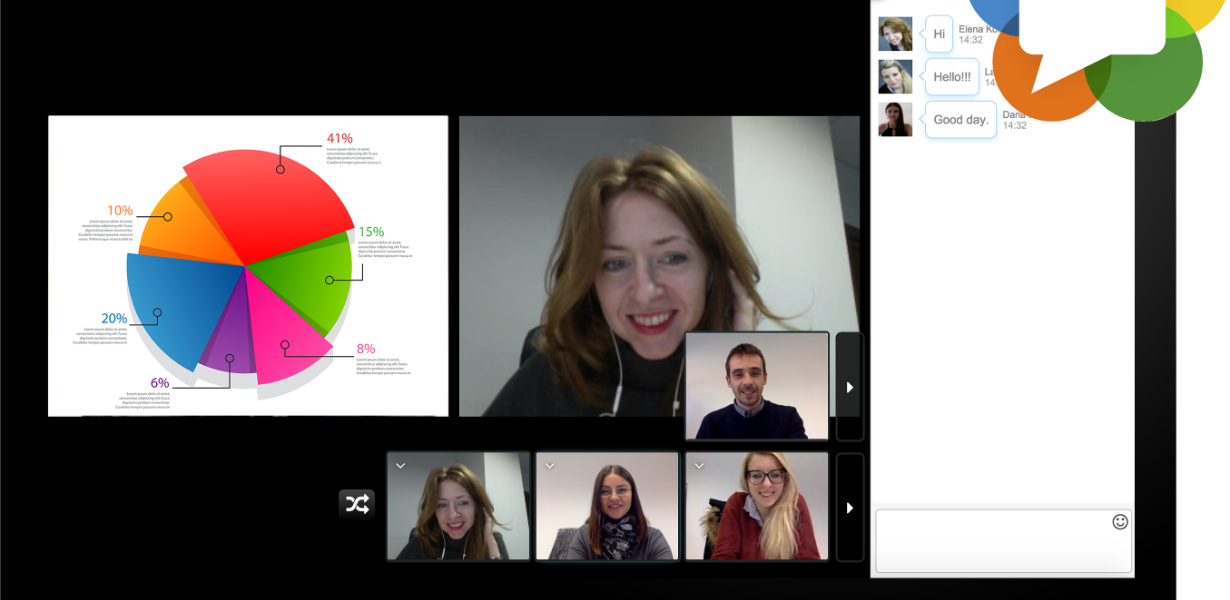
WebRTC in Healthcare: A Paradigm Shift in Telemedicine and Virtual Consultations
- Post
- August 8, 2023
- Web APIs, Web Technologies, WebRTC
- 0 Comments
In the ever-evolving landscape of healthcare, technological advancements continue to reshape the way medical services are delivered. One such innovation, Web Real-Time Communication (WebRTC), is emerging as a game-changer in the realm of telemedicine and virtual consultations. With the ability to enable seamless audio and video communication directly within web browsers, WebRTC is transcending geographical barriers and transforming the healthcare industry as we know it.
WebRTC, an open-source project initiated by Google in 2011, is a powerful tool that facilitates real-time communication between users through web browsers, without the need for additional plugins or software installations. This technology leverages APIs to enable voice and video calls, as well as data sharing, directly within web applications. Its implications for the healthcare sector are vast, as it empowers medical professionals to engage in virtual consultations, remote diagnoses, and patient monitoring, all while maintaining the highest standards of privacy and security.
The Power of WebRTC Control
WebRTC control refers to the suite of capabilities that allow developers to manage and customize the communication experience. Through these controls, developers can fine-tune audio and video quality, manage network constraints, and optimize bandwidth usage. This level of control ensures that healthcare practitioners can conduct consultations with clear audiovisuals, enhancing the overall patient experience and enabling accurate diagnosis.
Leveraging the WebRTC API
The WebRTC API (Application Programming Interface) serves as the bridge between web applications and the underlying WebRTC technology. By integrating the API into healthcare platforms, developers can create seamless telemedicine experiences. Medical professionals can initiate virtual appointments, share medical records in real-time, and even collaborate with colleagues on complex cases, all within the confines of a web browser.
Ensuring Quality through WebRTC Testing
Given the critical nature of healthcare interactions, thorough testing of WebRTC implementations is paramount. WebRTC testing involves assessing the functionality, performance, and security of the communication channels. It ensures that the technology operates smoothly across different devices and browsers, allowing medical professionals and patients to connect without technical glitches or interruptions.
Security and Compliance in WebRTC Healthcare Applications
Security is a top concern in healthcare, and WebRTC is no exception. The technology employs encryption protocols to safeguard patient data during transmission. Healthcare applications leveraging WebRTC adhere to stringent compliance standards such as HIPAA (Health Insurance Portability and Accountability Act) to ensure the confidentiality and integrity of patient information.
Enhancing Patient Engagement and Accessibility
One of the remarkable outcomes of integrating WebRTC in healthcare is its ability to enhance patient engagement and accessibility. Patients can now receive medical advice from the comfort of their homes, eliminating the need for physical travel, especially beneficial for individuals with mobility challenges or those residing in remote areas. This technology fosters a patient-centric approach, where medical care revolves around the individual’s convenience and well-being.
Realizing the Future of Telemedicine
The future of telemedicine is intricately tied to the evolution of WebRTC. As the technology continues to mature, we can anticipate even more innovative applications. From AI-powered symptom assessment to 3D imaging and diagnostics, WebRTC’s potential knows no bounds. The healthcare industry is on the brink of a new era, where geographical limitations will no longer hinder access to expert medical opinions.
Commonly Asked Questions
1. How does WebRTC differ from traditional video conferencing solutions?
WebRTC eliminates the need for third-party plugins or software installations, making it incredibly convenient for users. Unlike traditional video conferencing, it seamlessly integrates within web applications, offering a more streamlined experience.
2. Is WebRTC secure for sensitive medical information?
Absolutely. WebRTC employs encryption protocols to secure data transmission, and healthcare applications built on WebRTC adhere to strict compliance standards like HIPAA, ensuring patient data remains confidential.
3. Can WebRTC accommodate large-scale virtual medical conferences?
Yes, WebRTC is scalable and can support large-scale conferences. By optimizing bandwidth and leveraging WebRTC control, medical conferences with multiple participants can be conducted seamlessly.
4. Is WebRTC suitable for patients with limited technical proficiency?
Yes, WebRTC’s user-friendly interface makes it accessible for patients of all technical backgrounds. Its integration within web browsers simplifies the process, requiring minimal setup.
5. How does WebRTC contribute to remote patient monitoring?
WebRTC allows healthcare providers to conduct real-time virtual consultations with patients, facilitating remote monitoring and enabling timely adjustments to treatment plans, all while maintaining the doctor-patient relationship.
Final Words
WebRTC is reshaping the healthcare landscape, fostering a new era of patient-centered virtual care. By seamlessly integrating real-time communication within web applications, this technology has opened doors to more accessible, convenient, and efficient medical services. As we embrace the potential of WebRTC, the journey toward a healthier and more connected world is well underway.




